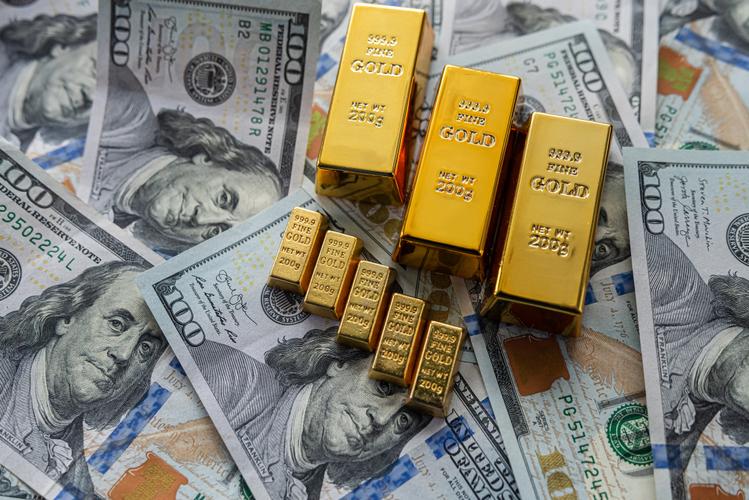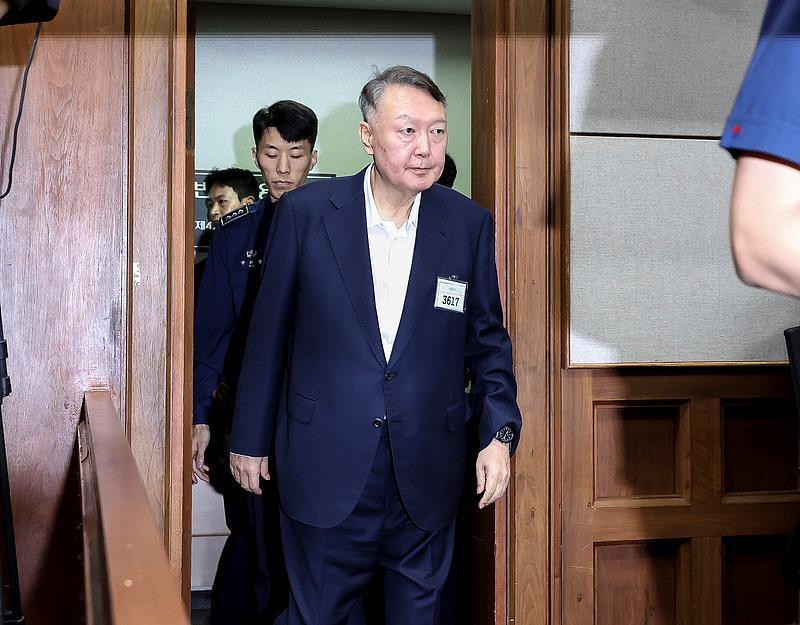
In the vast expanse of the financial market, the fluctuations of gold and silver prices resemble the changing trajectories of brilliant stars, captivating the gaze of numerous investors. Recently, the uncertainty surrounding the US economic outlook has emerged as a potent force, similar to a powerful storm, propelling the prices of gold and silver to ascend, thus becoming a highly conspicuous focus within the market.
Reflecting upon the historical trends of gold and silver prices, they have been truly tumultuous. Over the past several decades, the price of gold has undergone numerous significant fluctuations. For instance, between 1973 and 1980, the collapse of the Bretton Woods system and the substantial depreciation of the US dollar due to inflation led the price of gold to soar from $35 to $850, ushering in a decade-long bull market. Subsequently, from 1980 to 1999, with the advent of the Jamaican system and the declaration of the demonetization of gold, the inflationary pressure on the global economy diminished, the US economy recovered, and the US dollar appreciated once again. Consequently, the price of gold plummeted from $850 to $251, experiencing a prolonged 20-year bear market. Entering the 21st century, from 2000 to 2011, due to a series of factors such as the rise in crude oil prices, the inflationary predicament of the US economy, the European debt crisis, the subprime mortgage crisis, and others, gold transitioned from being dominated by its commodity attributes to its monetary attributes. The price escalated from $251 to $1920, initiating a 12-year bull market. Subsequently, from 2011 to 2015, gold entered a five-year bear market, undergoing technical adjustments. However, from 2015 to 2024, factors such as the global economic downturn, the era of low interest rates, global easing policies, the persistent economic drag caused by the pandemic, and the initiation of the interest rate cut cycle have driven the price of gold to rise from $1046 to its current elevated level. As of the morning of September 25, 2024, the price of spot gold in London has soared to approximately $2,670 per ounce.
The historical trend of silver prices shares both similarities and distinctiveness with that of gold. Silver once served as a primary form of currency circulation in ancient times and held an important economic position. In the modern financial market, silver prices are also influenced by multiple factors. In 2023, the overall trend of spot silver was influenced by spot gold, but in the second half of the year, the price was more significantly impacted by its industrial attributes and exhibited a weaker performance compared to spot gold. Nevertheless, in 2024, the price of silver has performed exceptionally well. Coupled with factors such as geopolitical issues and interest rate cuts in the US, the increase in the price of silver during the same period has surpassed that of gold.
The United States, as the world's largest economy, every alteration in its economic outlook is akin to a butterfly effect, creating ripples in the global financial market. Currently, the US economy confronts numerous challenges, which have emerged as significant drivers propelling the rise in gold and silver prices.
On one hand, there are indications of a slowdown in the economic growth of the United States. Judging from the latest data, the growth rate of the US gross domestic product has declined, and the manufacturing index has also displayed a sluggish trend. For instance, the recently released Purchasing Managers' Index (PMI) for the manufacturing sector fell short of expectations, indicating that manufacturing activities in the United States are contracting. The slowdown in economic growth has instilled concerns among investors regarding the future economic outlook, prompting them to seek safe-haven assets. Gold and silver, as traditional safe-haven assets, naturally become the preferred choices for investors. In an uncertain economic environment, the value of gold and silver becomes prominent, and their prices subsequently rise. On the other hand, the monetary policy of the United States has also exerted a significant impact on the prices of gold and silver. In recent years, the monetary policy of the Federal Reserve has been in a state of adjustment. To address the slowdown in economic growth and inflationary pressures, the Federal Reserve has adopted a series of accommodative monetary policy measures, such as lowering interest rates and implementing quantitative easing.
Furthermore, the instability of the global political situation is also one of the factors driving the increase in gold and silver prices. Currently, political conflicts and geopolitical tensions are escalating worldwide, such as the volatile situation in the Middle East and trade frictions. These unstable factors have led investors to be apprehensive about the global economic outlook, thereby augmenting the demand for safe-haven assets. Gold and silver, as globally recognized safe-haven assets, are naturally favored by investors in such circumstances. Investors have purchased gold and silver to seek the safety and preservation of their assets, which has further driven up the prices of gold and silver.
From a historical perspective, the increase in gold and silver prices is not accidental. During past economic crises and political turmoil, gold and silver have demonstrated strong safe-haven attributes. For example, during the global financial crisis in 2008, the prices of gold and silver rose significantly, serving as a refuge for investors. Now, in the face of the uncertainty of the US economic outlook and the instability of the global political situation, gold and silver have once again showcased their value as safe-haven assets.
However, the increase in gold and silver prices has not been without obstacles. In the market, the fluctuations in the prices of gold and silver are influenced by a multitude of factors, including supply and demand dynamics, investor sentiment, and technical factors. Therefore, investors need to exercise caution when investing in gold and silver and fully comprehend the risks and opportunities in the market. Simultaneously, investors can also reduce risks and enhance investment returns through diversified investment portfolios.
The uncertainty in the US economic outlook has driven the increase in gold and silver prices. In the current economic environment, gold and silver, as traditional safe-haven assets, have fully manifested their value. Nevertheless, investors need to remain cautious when investing in gold and silver and have a comprehensive understanding of the risks and opportunities in the market. Only in this way can they achieve the preservation and appreciation of assets in the waves of the financial market. In the future, with the changes in the US economic outlook and the development of the global political situation, the trends of gold and silver prices will continue to attract market attention. Let us wait and see and jointly witness the glorious performance of gold and silver in the financial market.

The South Korean political arena has once again been embroiled in a public controversy over a judicial investigation that has shaken the entire nation.
The South Korean political arena has once again been embroi…
On the morning of December 29th local time, the precious me…
According to the US media Barchart, recently, the fluctuati…
On December 29th, Mar-a-Lago in Florida, USA, witnessed a h…
SoftBank Group announced on Monday that it has agreed to ac…
Recently, the US State Department issued a visa ban, adding…